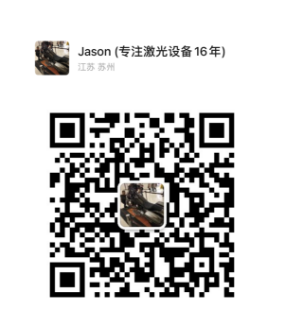UV laser marking and traditional marking techniques (such as silkscreen, inkjet, thermal transfer, etc.) each have their own advantages and disadvantages and are suitable for different application scenarios. The following is a comparison of the two:
1. Marking method
- UV laser marking
The use of laser beams directly on the surface of the material to be etched, smoked or decolorized to form a permanent logo or pattern.
- Traditional marking
Silk-screen printing: transferring ink to the surface by means of a screen.
Inkjet: Ink is sprayed onto the surface using a nozzle.
Thermal transfer: Transferring the printed pattern to the material by heat.
2. Accuracy and clarity
- UV laser marking
Marking fine, can achieve very high resolution and clarity, suitable for complex patterns and small fonts.
- Traditional marking
Relatively low precision, especially when dealing with complex patterns or small text, the clarity may not be comparable to laser marking.
3. Material adaptability
- UV laser marking
Can be marked on a variety of materials, such as plastic, metal, glass, wood, etc., and has little effect on heat-sensitive materials.
- Traditional marking
Material adaptability is stronger, but different technologies are suitable for different materials. For example, silkscreen and inkjet are mostly used for paper and plastic, while thermal transfer is suitable for some specific materials.
4. Durability
- UV laser marking
The information after marking is very wear-resistant, chemical-resistant, not easy to fade or wear, suitable for long-term use of the environment.
-Traditional marking
Conventional marking has relatively poor durability, and over time and environmental influences (e.g., light, friction, chemicals) may result in blurring or peeling of the logo.
5. Speed and Efficiency
- UV laser marking
Marking speed, especially suitable for mass production, can realize efficient automatic marking.
-Conventional marking
is slower, especially when complex designs are involved, and may require more time for setup and cleanup.
6. Cost
- UV laser marking
Initial investment is high (purchase and maintenance costs of laser equipment), but long-term operating costs are low, making it suitable for mass production and occasions where high-precision marking is required.
- Conventional marking
Initial equipment investment is relatively inexpensive, but material and labor costs may increase where high volumes and high quality are required.
7. Environmental friendliness
- UV laser marking
UV laser marking does not use chemicals or inks, which has a low impact on the environment and is safer to operate.
- Conventional Marking
Some conventional marking methods use chemical materials and inks, which may have an impact on the environment.
8. Areas of application
- UV laser marking
Widely used in medical devices, electronic components, consumer goods, automotive parts and other industries that require high precision and durability.
- Traditional marking
Suitable for general merchandise marking, rapid marking needs and other areas, but may not be as sophisticated and durable as laser marking.
UV laser marking has obvious advantages in terms of precision, durability and environmental protection, especially suitable for demanding applications. The traditional marking technology still has its applicability in some low-cost, high-speed needs. Choosing the right marking technology needs to be based on specific needs, cost considerations and application scenarios to make a comprehensive assessment. Click here to contact Suntop Laser today to learn more.







































































